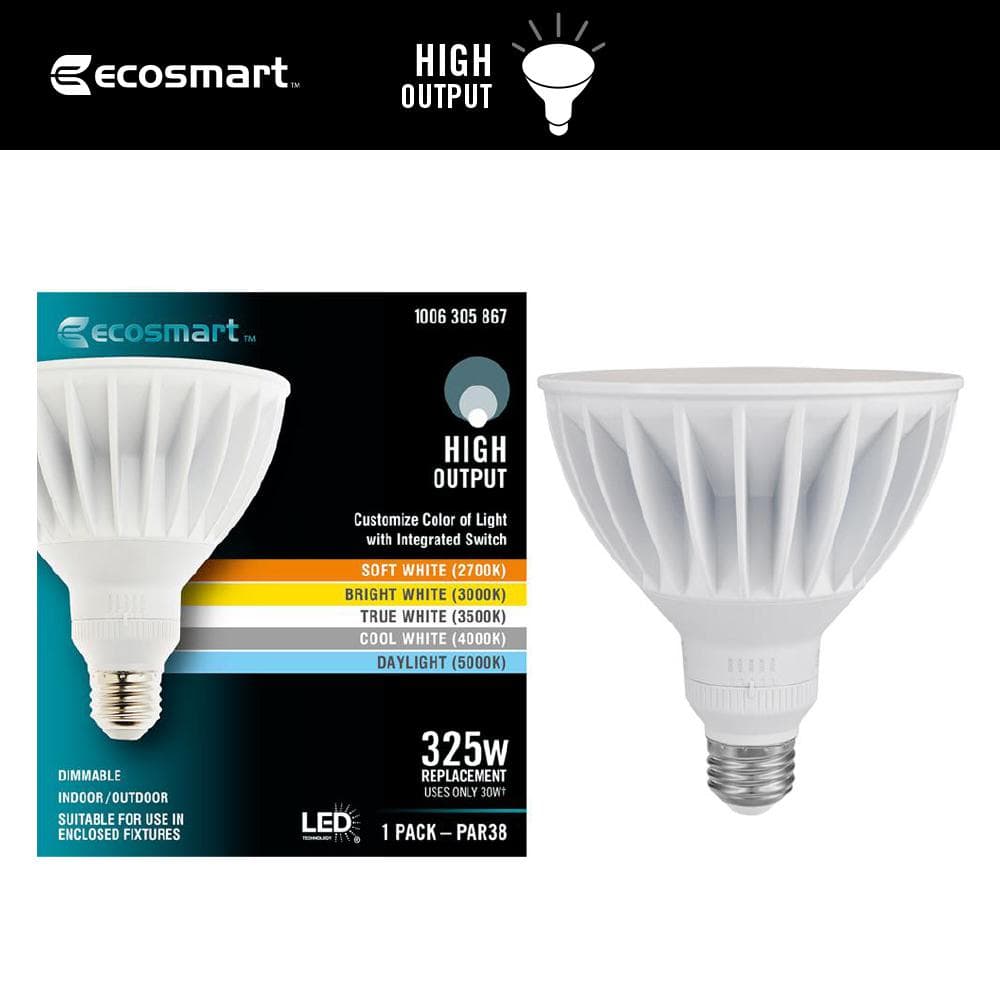winnie
Senior Member
- Location
- Springfield, MA, USA
- Occupation
- Electric motor research
This isn't properly an electrical installation question, since I'm looking for something freestanding that simply plugs into the wall.
I was wondering if you guys had suggestions for a 'current technology' replacement for old school halogen torchier lamps. You know the old school _cheap_ fire hazards that produced a ton of light by dumping 500W into a halogen bulb.
I'm looking for a high power, high CRI, low flicker LED lamp that puts out light of similar quality to a 500W halogen. I'm partial to matching halogen color temperature; but I think the 'customer' would actually prefer a higher color temperature (but still with the high CRI and low flicker).
LED work floods generally don't care about CRI or flicker; they tend to just be as cheap as possible.
Current 'Torchier' style LED lamps don't seem to specify CRI and also have lower lumen output than old school 500W halogens.
I'm sort of considering the lamps made for videography, but they might be optimized for short operating life to get other qualities at a reasonable price (I'm remembering 'photoflood' lamps with 4 hour rated lifetime.)
Thanks for any suggestions.
Jonathan
I was wondering if you guys had suggestions for a 'current technology' replacement for old school halogen torchier lamps. You know the old school _cheap_ fire hazards that produced a ton of light by dumping 500W into a halogen bulb.
I'm looking for a high power, high CRI, low flicker LED lamp that puts out light of similar quality to a 500W halogen. I'm partial to matching halogen color temperature; but I think the 'customer' would actually prefer a higher color temperature (but still with the high CRI and low flicker).
LED work floods generally don't care about CRI or flicker; they tend to just be as cheap as possible.
Current 'Torchier' style LED lamps don't seem to specify CRI and also have lower lumen output than old school 500W halogens.
I'm sort of considering the lamps made for videography, but they might be optimized for short operating life to get other qualities at a reasonable price (I'm remembering 'photoflood' lamps with 4 hour rated lifetime.)
Thanks for any suggestions.
Jonathan


